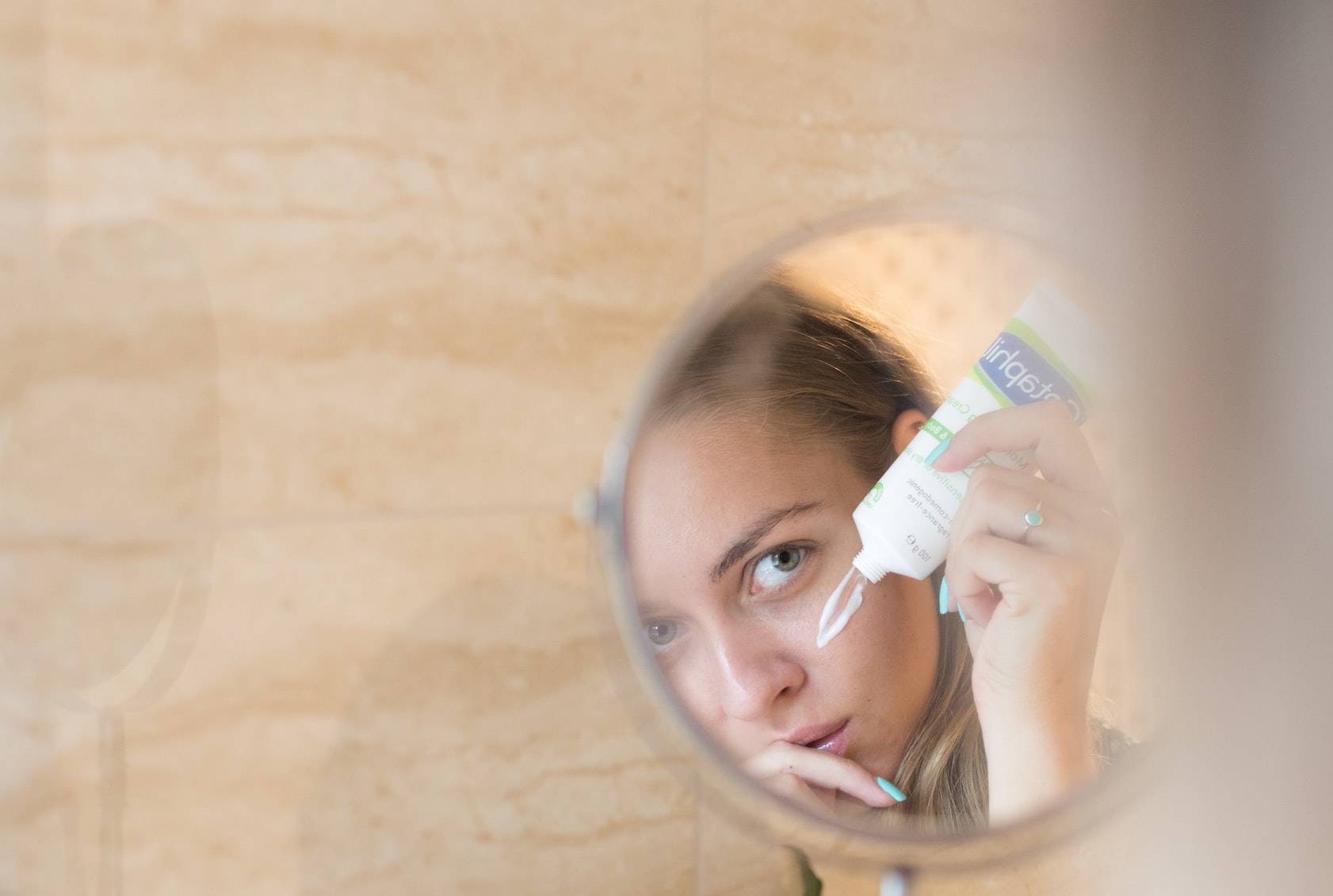On 26 July 2023, the European Union published Regulation (EU) 2023/1545, amending Regulation (EC) No 1223/2009 as regards labelling of fragrance allergens in cosmetic products.
By implementing these measures, the EU aims to create safer cosmetic products and empower consumers with information on allergenic substances, promoting transparency and informed decisions by the consumer.
BACKGROUND
Fragrance substances are commonly used in perfumes, perfumed cosmetic products, as well as other household products. However, these substances can cause contact allergies in certain individuals, leading to eczema or allergic contact dermatitis. It is estimated that approximately 1-9% of the population in the European Union is allergic to fragrance allergens.
In response to the request of the European Commission for an update of the list of individually labelled fragrance allergens in cosmetics, the Scientific Committee on Consumer Safety (SCCS) issued a scientific opinion confirming the allergenic relevance of the current 24 fragrance allergens listed in entries 67-92 of Annex III to Regulation (EC) No 1223/2009. Additionally, the SCCS identified 56 additional fragrance allergens that cause allergies in humans but were previously not subject to individual labelling requirements.
In September 2022, the European Union (EU) notified the World Trade Organization (WTO) of its intention of extending the individual labelling requirements for 56 newly identified fragrance allergens.
WHAT’S NEW?
On July 26, EU released the finalized regulation in its official journal which entered into force on August 16, 2023, with a transitional period of three to five years.
By creating new entries in Annex III to Regulation (EC) No 1223/2009), the EU Regulation 2023/1545 introduces new obligations to individually label 56 additional fragrance allergens when their concentration exceeds 0.001% in leave-on products and 0.01% in rinse-off products.
Additionally, fragrance substances that can be transformed to known contact allergens via air oxidation or bioactivation (prehaptens and prohaptens), will be treated as equivalent to fragrance allergens, subject to the same restrictions and regulatory requirements.
The new regulation also updates existing entries for fragrance allergens in Annex III to Regulation (EC) No 1223/2009, adding isomers, amending the respective CAS and EC numbers as well as aligning common names of substances with the latest version of the Common Ingredients Glossary.
WHAT NOW?
- Only compliant cosmetic products shall be placed on the Union market, from 31 July 2026. This allows companies to make adjustments to product formulations.
- Only compliant cosmetic products shall be made available on the Union market, from 31 July 2028. This allows for a period of sell-off for products placed on the market before the new labelling provisions become applicable.
References








